Vegan Macros Meal Plans
Learn some helpful tips for vegan macros including meal plans to help build a nutritious diet that works for your specific macros.
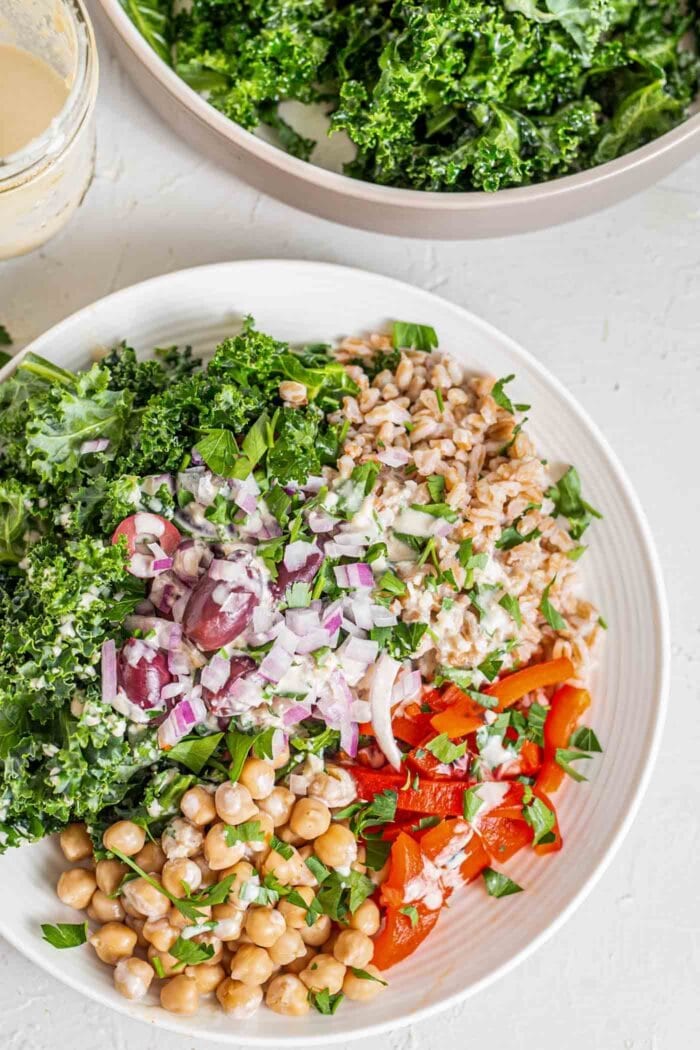
Performance First
I think it’s best to approach tracking calories and macros with performance and health in mind first, rather than appearance, so as to maintain a healthy relationship with food; to really think of food as something that can empower you, give you energy and build a strong body, while still allowing for enjoyment.
I want this to be something that’s sustainable long-term, so I’m not doing anything extreme or too strict. I’m eating the same foods as before, just in different proportions and at the right amounts. It feels good.
A Better Way to “Count Calories”
One of the things I really like about this is that calories aren’t the most important factor in what you eat. If you were eating to stay within a certain calorie range, you could fill up on 2000 calories worth of cookies and call it a day. But what would your macro and micronutrient intake look like? Not too good, would it? All fat and carbs, no protein and little fibre, vitamins and minerals.
If instead, you’re aiming to fill those calories up with a good balance of fat, protein and carbohydrates, as well as considering micronutrients, wouldn’t you say that’s the better option?
I don’t pay attention to how many calories I’m eating, but by hitting my macro goals, I naturally stay within the right calorie range for my goals.
This guide to vegan macros includes a free printable cheat sheet and covers all the best sources of fats, proteins and carbs in a plant-based diet.
Tips for Vegan Flexible Dieting
1. Enter all your food for the day in the morning or night before.
When I was just getting started on this, I was entering things as I went and ending up with random amounts of macros by the end of the day. For example, only having protein left or only have tons of carbs.
I figured out pretty quickly that it’s ideal to enter everything you plan to eat for the day into My Fitness Pal in the morning, or even the evening before, so you can make adjustments as needed and enjoy a normal, realistic day of meals.
As I get my breakfast and lunch ready at night for the following day, I enter everything in to make sure I’ve budgeted nicely throughout the day. Then I can see what’s leftover and have a good idea of how to proportion my dinner, what snacks to add or if I should eat more or less during the day. Most days, I’ve left enough to have a healthy dessert as well.
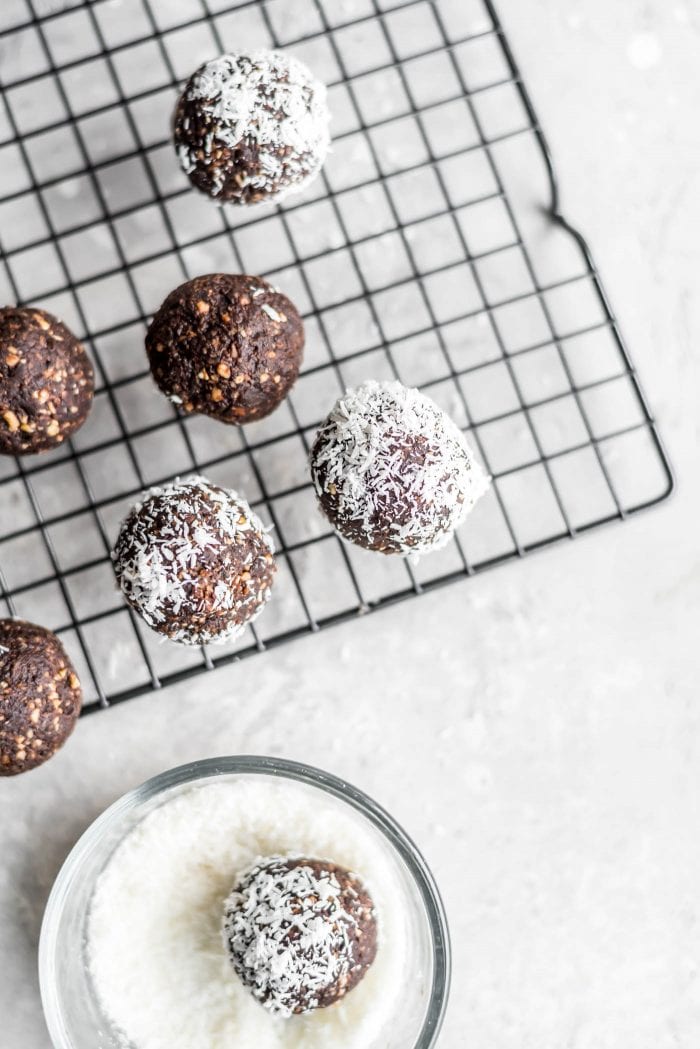
2. Don’t go overboard at breakfast time.
I definitely used to go a little crazy with my breakfasts without even knowing it. Even though they appeared to be a very small portion, the fat and carbs were typically really high.
Nutrient-dense foods like chia, hemp, coconut, nuts, oats, dates, almond butter and banana really add up quickly and before I knew it I was easily eating 700 calories for breakfast.
I’ve learned I don’t need to have every ingredient in to every breakfast and can pick and choose day-to-day to create a more a balanced meal. Also, I used to eat way too many dates. Haha. 3 at breakfast, a few in the afternoon and more for dessert and your sugar intake is through the roof! I’m still eating dates, just much, much less of them.
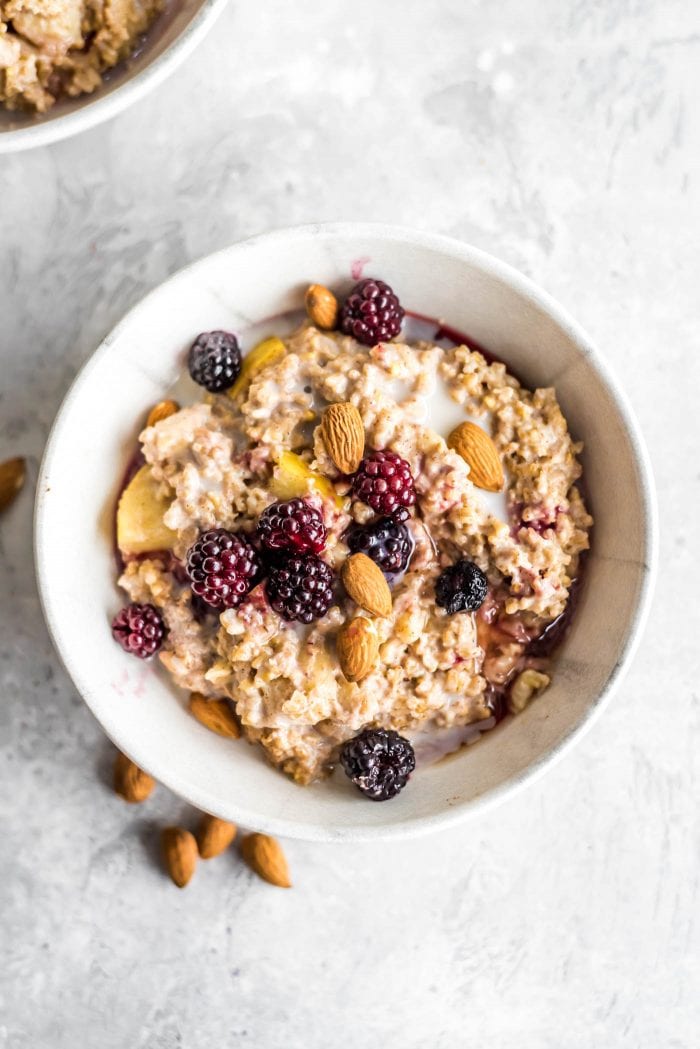
3. Portion size is key.
This has probably been the biggest change for me over the last few weeks. I guess I used to think, “oh, it’s just plants, I’ll just pile it all in, it’s no big deal….”. If a recipe suggested 8 servings, between my husband and I, that usually meant 4.
That and I just generally underestimated how much I was eating most of the time. I figured I was active enough for it not to make that big of a difference but it does a make a difference, a huge difference!
Measuring my food has really helped me manage my portion sizes and I’m learning to better estimate how much I’m consuming.
I don’t worry about portion sizes for leafy vegetables or things like peppers, carrots or cucumber, this is more for grains, starchy vegetables, nut butter, seeds, fruit and other denser foods. I won’t measure forever but it’s giving me a good idea of what portion sizes are appropriate for me and my goals.
4. I need supplements to get this much protein.
I’m definitely relying on protein powder to get the amount of protein I’m shooting for. I mean, you can only eat so much tofu, beans and tempeh. On average, I’m using these protein powder twice a day to reach my protein goals without going over on carbs and fat.
Many higher-protein plant foods are also high in carbohydrates and fat, so it can be tricky to keep those macros in the right range while still getting enough protein.
Typically, I use protein powder daily after workouts and as an afternoon snack. I also enjoy protein blended into my morning coffee or matcha.
6. It’s all about being prepared.
In order to “hit your macros” each day, you can’t really get away with just winging it. It definitely takes some planning, a bit of food prep and just more consideration as to what you’re eating. That being said, as long as you’re conscious of creating meals and snacks that are well-balanced to being with, it’s pretty easy to reach your daily numbers.
Taking time on Sunday to meal plan, grocery shop and do some prep will make all the difference if you want to make this work. It also helps to add all your favourite meals and recipes into your tracking app ahead of time to make things quicker.
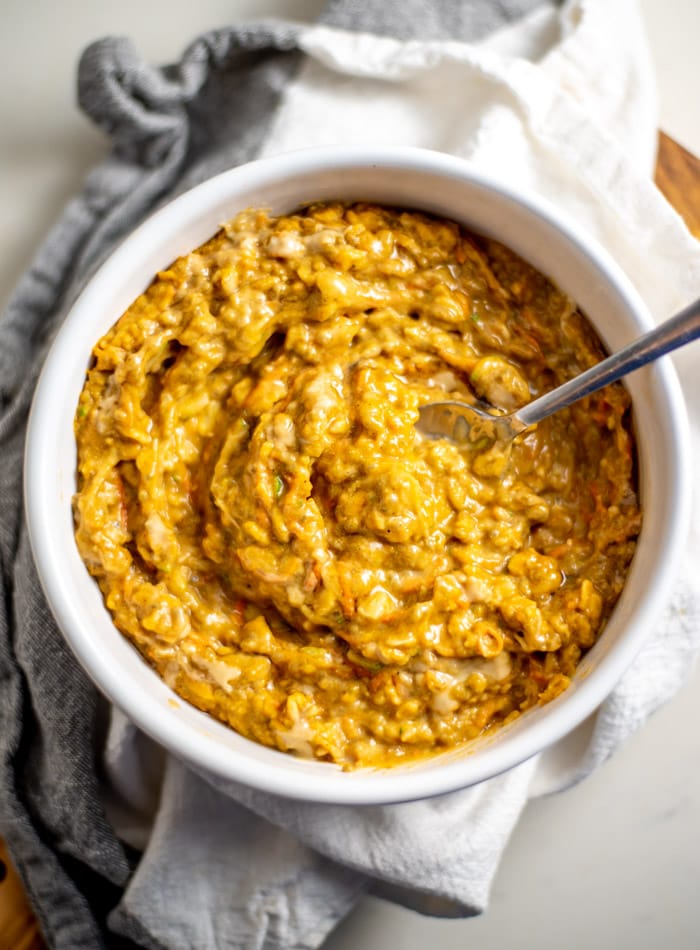
7. IIFYM isn’t about eating a bunch of junk food.
Wait…I thought IIFYM was all about eating ice cream, chips and french fries, so long as it fits your macros? Well, no, not exactly, that’s just not going to work. You still have to eat healthy.
You can enjoy your favourite foods on occasion and in moderation, but you still need to eat a well-balanced, varied diet made up of mostly whole, nutrient-dense food.
What makes it realistic as a long-term lifestyle though, is that nothing is off limits. It’s all about fuelling your body in a way that allows you to perform yet still reduce body fat and build muscle, and not go crazy while doing it.
That means you still need to eat lots of vegetables, some fruit, drink lots of water, get plenty of fibre and just use common sense. It’s about how you feel too, so you still want to eat a wide variety of whole foods to ensure you’re getting plenty of micronutrients.
For more help with what to eat, read my Vegan Macro Cheat Sheet and Vegan Grocery List.
Making It Sustainable
All that being said, there will be days when I won’t stick to my numbers at all, but those days will be less numerous than they used to be. Unexpected events, dinners out, trips, parties, whatever it may be, I’m going to enjoy them still.
That’s life and for my goals, I don’t need to get too intense about this, especially since my goals are performance-based. Like I said earlier, slow and steady progress is what’s going to work best for me.
Besides, you need treats to lift heavy weights, no getting around that.
Following Up on the Calcium Issue
To follow up with last weeks issue of not getting enough calcium, for the last 7 days, I was on average only 5% under the RDA instead of 20. This is mainly due to using fortified almond milk again.
I use about 1 cup per day, most of that in my morning chia and oatmeal and the rest in my coffee. I’m going to add a multi-vitamin, that plus the variety of whole foods I eat, I should be set for calcium.
My sugar intake has remained low, fibre has been about 60 grams per day and I’m still getting plenty of iron, vitamin C, vitamin A and potassium.
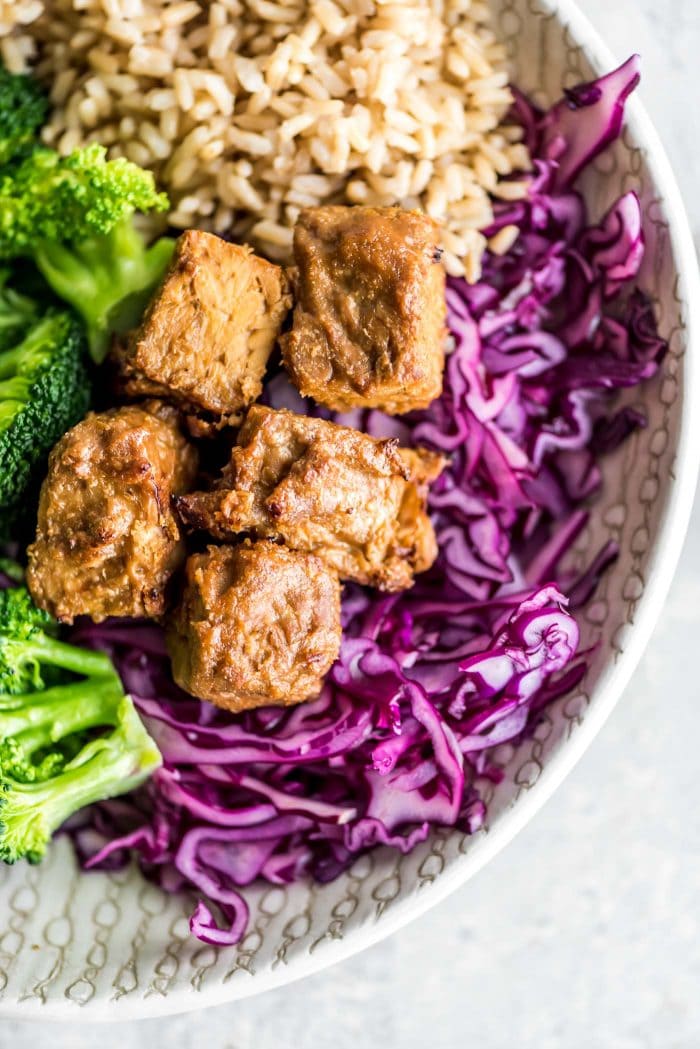
Vegan Flexible Dieting Meal Plans
Below I’ve listed 4 days of my meals from the past week. I haven’t included measurements since that would depend on your needs but it gives you an idea of how I’m achieving 150 gram of protein per day by eating mostly whole food.
The days listed below are pretty typical except I don’t plan on continuing to the processed meat-substitutes I’ve added to my diet recently. I didn’t eat them before but have been including them to help meet my protein needs the last two weeks. I’m not really a fan of their ingredients and while I don’t mind eating them in moderation for the short term, I plan to make some adjustments so I can do without them.
I’ve also been using liquid stevia here and there. I wasn’t using any sugar alternatives before but I’m ok with using this in moderation.
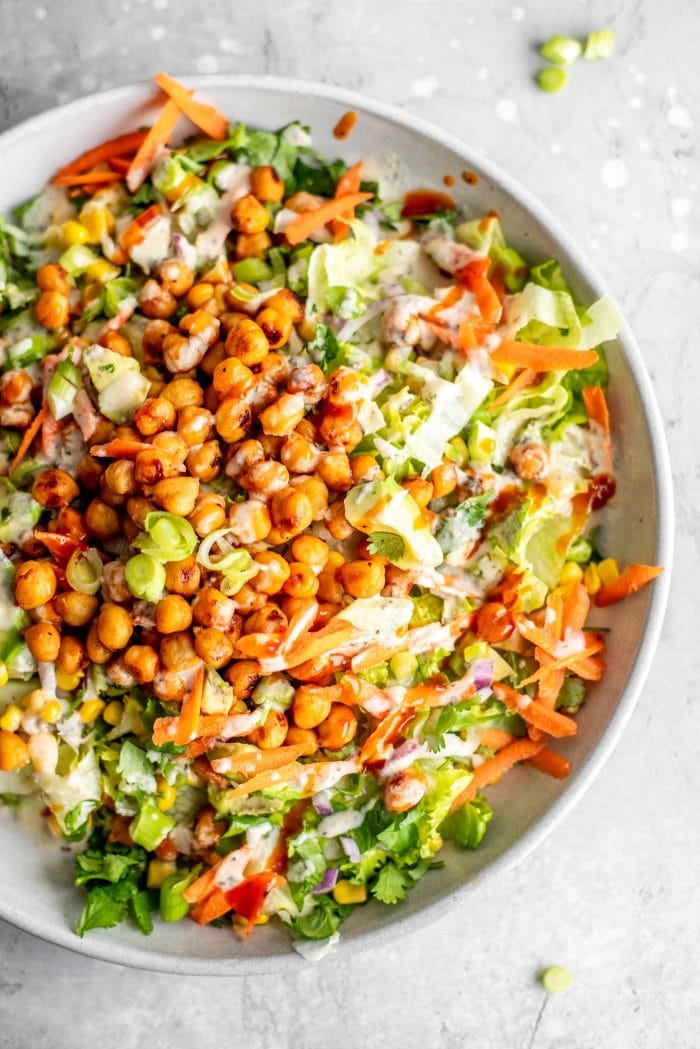
Day 1 Vegan Macros Meal Plan
Breakfast
• Chia Seeds, Mixed Berries, Unsweetened Almond Milk
• Black Coffee with MCT Oil
Lunch
• Chopped Veggie Spicy Peanut Brown Rice Salad
• Organic Extra Firm Tofu
Dinner
• Kale and Barley Moroccan Salad with Pistachios
Dessert
• Protein powder blended with Frozen Mango
Snacks During Day
• Pre-Workout: Peanut Butter and Banana
• Post-Workout: Vega Performance Protein
• Red Leaf Lettuce with Peppered Tofurky and Cucumber
• North Coast Naturals Vege PRO-7
• Chickpea Protein “Cookie Dough”
Day 2 Vegan Macros Meal Plan
Breakfast
• Chia Seeds, Hemp Seeds, Mixed Berries, Unsweetened Almond Milk
• Black Coffee with MCT Oil and a bit of Vega Performance Protein
Lunch
• Kale and Barley Moroccan Salad with Pistachios and Tempeh
Dinner
• Lentil Taco Salad: Lentils, Onion, Refried Beans, Lettuce, Tomato, Red Pepper, Carrot, Cilantro, Avocado
Dessert
•North Coast Naturals Vege PRO-7 blended with Frozen Mango
Snacks During Day
•Post-Workout: Vega One Shake
• Edamame
• Banana with Cinnamon and Hemp Seed
• North Coast Naturals Vege PRO-7
• Chickpea Protein “Cookie Dough”
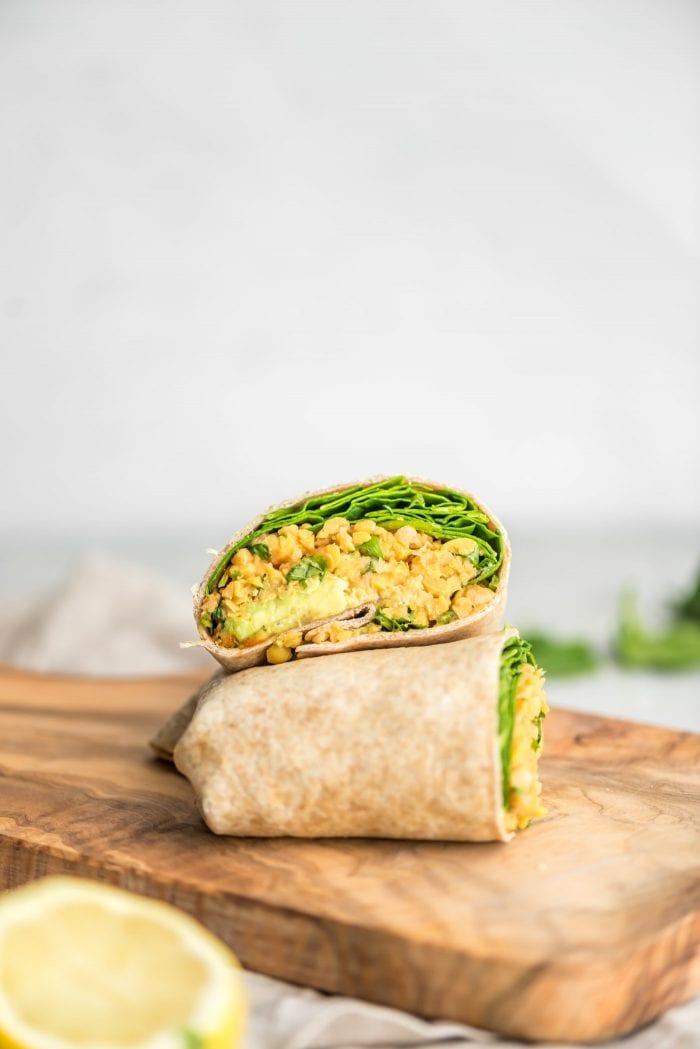
Day 3 Vegan Macros Meal Plan
Breakfast
• Oats, Hemp Seeds, Vege PRO-7, Unsweetened Almond Milk
• Black Coffee with MCT Oil and Vega Performance Protein
Lunch
• Lentil Taco Salad: Lentils, Onion, Refried Beans, Lettuce, Tomato, Red Pepper, Carrot, Cilantro, Avocado
Dinner
• Broccoli, Brown Rice, Kale, Spicy Sauce, Tempeh
Dessert
• 1/2 Banana, MCT Oil, Cocoa Powder, Stevia (Blended)
Snacks During Day
•Pre-Workout: Almond Butter and Banana
• Post-Workout: North Coast Naturals Vege PRO-7
• Edamame
• Cucumber and Red Pepper
• Simply Peanut Butter Chocolate Vegan Protein Bar
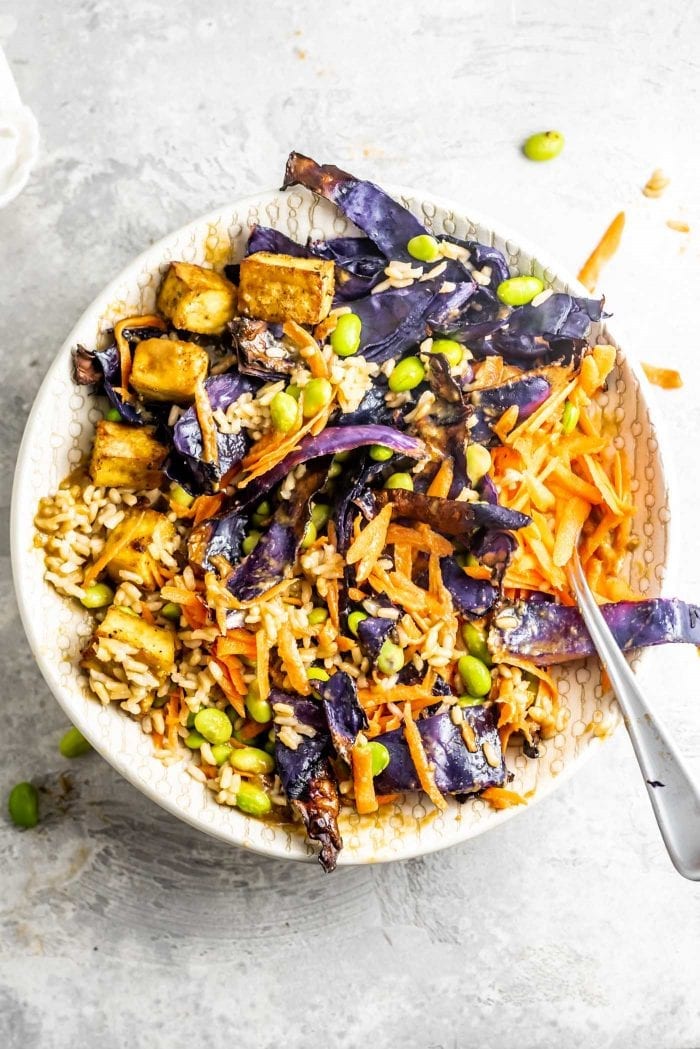
Day 4 Vegan Macros Meal Plan
Breakfast/Pre-Workout
• Oats, Organic Brown Rice Protein, Hemp Seeds, Chia Seeds, Unsweetened Almond Milk
Lunch
• “Cheezy” Broccoli Cauliflower Rice made with Roasted Red Peppers, Hemp Seeds and Nutritional Yeast, 1/2 serving Cajun-Style Vegetarian Sausage
Dinner
• Fat-Free Spicy Baked Fries, Spinach Salad with Red Pepper, Carrot, Crispy Tempeh, Hemp Seeds, Dijon Dressing
Dessert
• Banana with Unsweetened Coconut, 1 Medjool Date, Cocoa Powder and MCT Oil
Snacks Throughout Day
• Post-Workout: Vega Performance Protein, Almond Butter
• Hummus with Cucumber, Broccoli and Carrot
• Baked Purple Yam
• North Coast Naturals Vege PRO-7
Notes on the Meal Plans
That was 4 days of what ate this past week. As you can see, each day is pretty similar but that changes week-to-week as my meal plans changes. There are other staple foods I haven’t listed about that are considered “free foods” and I use for flavouring my food without using too much salt.
Staple Macro-Friendly Flavourings
- fresh lemons and limes
- sriracha, hot sauce
- all sorts of herbs and spices
- a selection of vinegar and mustards
- liquid stevia drops
Other Must-Have Foods Lately
- hemp seeds for a low carb source of fat and protein
- MCT oil for an energizing source of fat
- organic brown rice and organic hemp protein for a source of protein
- various flavoured protein powders
- tempeh, edamame and tofu for a low carb source of protein
- banana, sweet potato, potato for fat-free source of carbohydrates
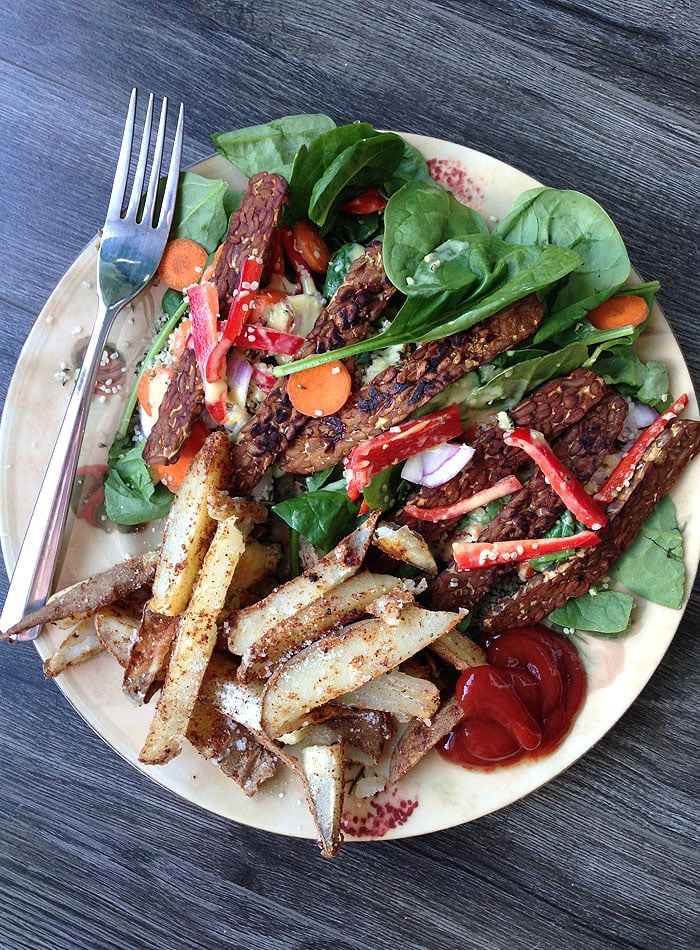
More Notes on Vegan Macros
Carbs Are Easy
Carbs are always easy to get, fat is fairly easy and the protein still takes some work to hit my goals. I used to eat salads or grain-based meals all the time without bothering to add a protein source, now I ensure I eat protein at every meal. Basically, if I’m just conscious of it, it’s not a problem.
Post-Workout Protein
I’ve also been really good about drinking a protein shake right after my training sessions. I’m not able to eat breakfast until at least 90-120 minutes after I finish so it’s been good to have some protein right away to help start the recovery process. If you can eat breakfast within an hour or so, there’s no need for the post-workout shake though. If it was a particularly long and hard session, consider including some carbs as well.
Macro-Friendly Snack Ideas
- Simple dijon vinaigrette made with dijon mustard, ACV or balsamic vinegar, fresh lemon juice and a bit of stevia
- Chickpea protein “cookie dough” made with chickpeas, Vega protein, liquid stevia drops and peanut butter or powdered peanut butter depending on if I have fats left
- Frozen mango blended with vanilla protein and banana with chocolate sauce made from MCT oil, cocoa powder and maple syrup.
- “Cheezy” Broccoli Cauliflower Rice, it was low calories but had a 10 grams of protein per serving, which is awesome. You can find the recipe on Blissful Basil.
- Crispy tempeh.
- Oil-free oven-baked fries. Simply place cut potatoes in a pot with cold water and bring to a boil, boil 5 minutes, drain, add spices and bake at 425 degrees for about 20 minutes. There’s no need for oil when you’re making baked potato or sweet potato fries. I actually prefer them without as they tend to puff up and get nice and crispy when you go oil-free.
- Protein pudding made by mixing Vega Performance Protein with a little water or mixing it into dairy-free yogurt
There we have it! Those are my experiences a few weeks of 100% commitment to tracking macros. I can’t get over how quickly my body is responding to the change.
Performance wise, my workouts have been amazing. I’ve had a ton of energy, I feel lighter and I’ve hit a ton of personal records recently. If that’s not motivation to keep going, I don’t know what is!!
Want to give it a try? Check out this post:
How to Get Started with Flexible Dieting
More Flexible Dieting Posts:
- Week One Experiences – A Snapshot of How I Eat
- Week Two Experiences – Tips, Tricks and Sample Meal Plans
- Week Six Follow Up and Experiences – Tips and Tricks
- Best Plant-Based Flexible Dieting Foods – Part 1
- Best Plant-Based Flexible Dieting Foods – Part 2
- Best Plant-Based Flexible Dieting Foods – Part 3
- Nutrition Tips for Vegan Athletes


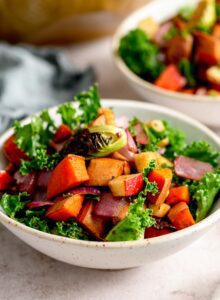
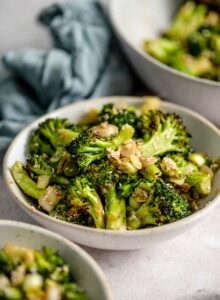
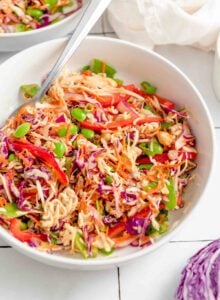
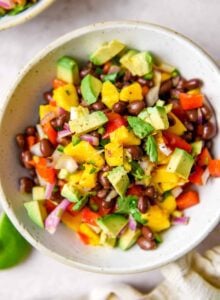
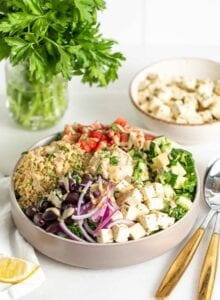
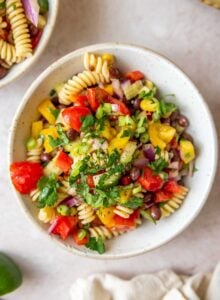
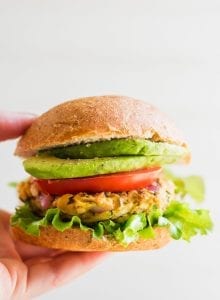
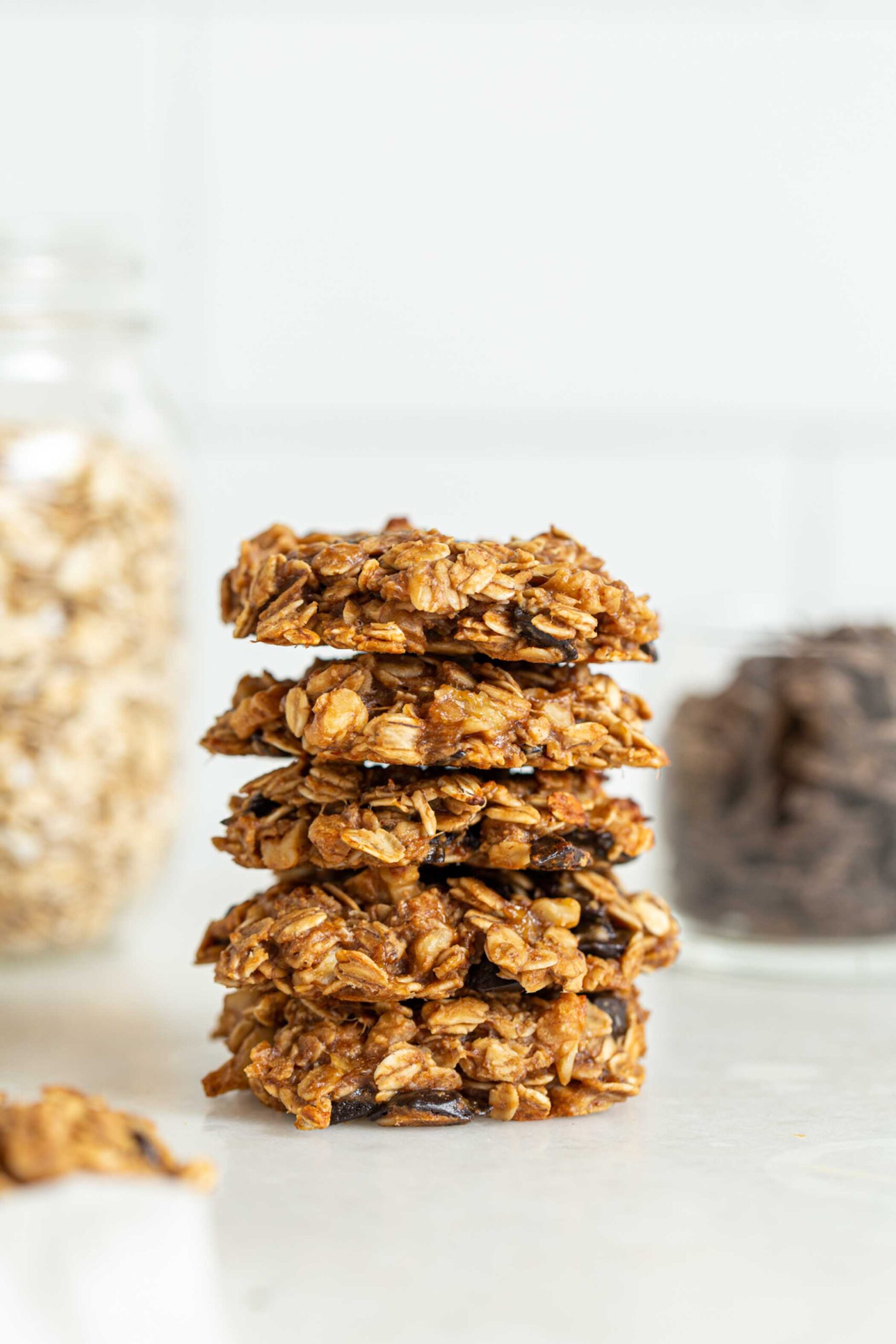
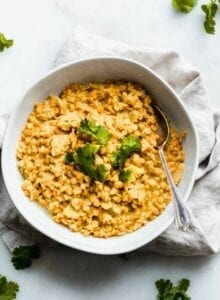
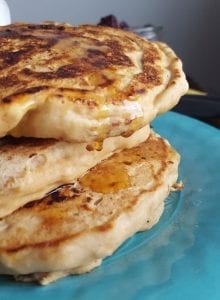
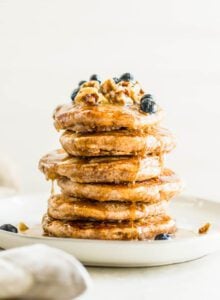

I so love this and it has become a life saver. I’m raw vegan and finding myself challenged with trying to find protein while fitting my macros. In wondering if you ever experimented with that while juggling variety in your meals. Please let me know.
No, I don’t eat anywhere near a raw diet. That would be quite difficult to get enough protein, depending on your macros, of course. If you were eating high carb and fat and lower protein I suppose it would be possible with lots of nuts and seeds.
Thank you for sharing your meals. I have been in the powerlifting community for a few years so I’ve tracked macros for a long time. My challenge is converting my meat/meat product diet to strictly vegan. Could you maybe list out your meals recipe style? With total macros listed below each meal? I’m just so lost with vegan protein sources. It would help me so much! Thanks so much!
I’m working on an ebook that will help with that. For now, review my protein guide, macro cheat sheet and vegan athlete tips. Those posts should help a lot! There are some free cheat sheets you’ll find in the posts you can download as well. It takes a little practice but you’ll get the hang of it!
I am surprised that the amount you eat even on a vegan macro plan still matters. It would seem pretty okay for me to pig out, pardon the term, on grains, fruits and nuts, and starchy veggies when on this program. Thanks for this because I’ve been diagnosed diabetic and in going into a diet of purely plant-based foods this is the way to go. Here is a very comprehensive article!
I’m glad you found it helpful. The amount you eat still matters for sure, however, if you focus on high-volume, nutrient-dense foods you shouldn’t have to track macros or calories. You can eat your fill of vegetables, including starchier ones, and some fruits, then add in small portions of whole grains, nuts and seeds. It depends on what your goals are. I track macros for performance purposes but I don’t think it’s necessary if you’re just eating for health. Focus on low-sugar, lots of veggies, drink lots of water, eat some berries, eat some beans and lentils, include some whole grains like brown rice and quinoa, include a few sources of healthy fats every day and you’re good to go!
Thank you so much for these posts! I’ve been wanting to go full plant-based for awhile, but wasn’t quite able to let go of eggs for the extra protein. I tried Vega based on your recommendation (I was using orgain, which I love, but is so high in carbs it just wouldn’t work for me for balancing out macros). After one week of hitting my macros consistently on a plant-based diet with your blog bookmarked and regularly consulted, I’m already seeing a difference in my body comp and my strength. I’m so excited about this!
That’s fantastic. Way to go! It’s all about that consistency.
Hello, Is there a shopping list for planned meals? Thank you for your time and consideration.
Sorry, I don’t have a shopping list for these meal plans.
Hi Deryn! What’s your trick for meal planning to meet your macro goals each day? Did you enter all your meals into My Fitness Pall at once to make sure it all adds up before you went shopping?
That’s the biggest problem I have with meal planning. I enter all the info the night before, bur more often then not my macros are over or not high enough. Unfortunately at that point I’m kind of stuck, because my meals are planned and shopping is already done, so I can’t really do much about it. What was your approach to make sure your weekly plan would work out for you?
I don’t really take my weekly plan into consideration for my macros, I just go day by day. I know that by eating lots of vegetables, some fruits, nuts, seeds, legumes, tofu, tempeh, edamame etc…in various combos, I’ll be able to hit my macros regardless. For each day, I enter it in the night before and fill in the holes as needed. I’ll usually food prep 3-4 entree items, lots of vegetables and some protein sources so I can piece it together day by day depending on what I feel like eating…and then I typically fill in the protein holes with protein supplements: Vega, Iron Vegan, Organic Hemp Protein or Organic Brown Rice Protein. I hope that helps!
Hey there!
For your breakfast that included: almond mil, chia seeds, and fruit……do the chia seeds thicken the almond milk making it like a yogurt consistency?
I am currently working on converting my diet to vegan…..i have done MACROS since September and have seen great success.
Thanks!
Brittany
This is so helpful Deryn! Seriously amazing.
Do you recommend changing marcos on training days? I noticed you said when you had the fries your carbs went up by 45g. I read on the IIFYM site that you shouldn’t change the marcos you’re consuming day to day so would love your opinion on that!
Also – do you track things like Braggs (soy sauce alternative), franks hot sauce, salsa, dijon, ACV? Or are those freebies for sauces?!
Thank so much!!!
I’m so glad you found it helpful! I reduce my carbs on rest days and have one day a week where I eat more carbs than normal, increasing by 100 grams…it’s called a “re-feed” day. Protein and fats stay the same though. I don’t track any of those sauces. Thanks!